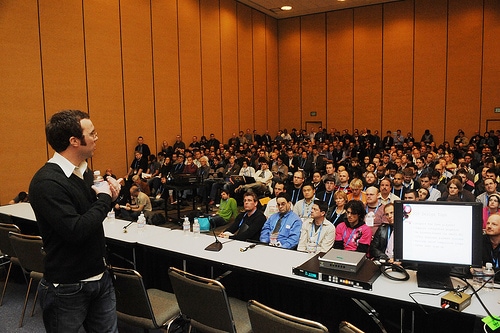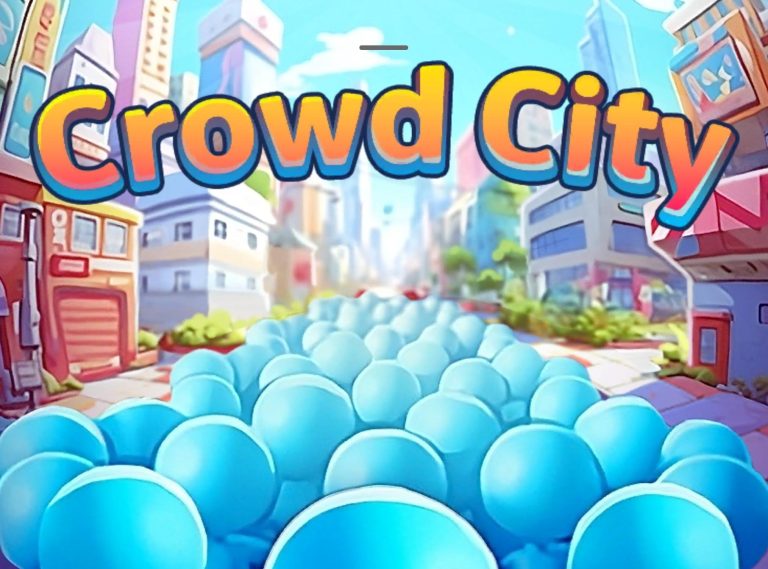Pocket Gamer’s Mobile Mavens panel is a group of industry experts who discuss the hot topics of the mobile games industry on a weekly basis. On the heels of a recent South Park episode that mocked freemium games, the Mavens dug deep with the following question about monetization:
“How do you view this seeming chasm between free-to-play vs. paid games? How is your soul currently doing?”
Adrian’s soul is doing just fine, as he explains in the article:
I produced and creative directed triple-A console games for 13 years before launching my freemium design consultancy, Adrian Crook & Associates, in January 2008.
For a couple of years before that, in 2006 and 2007, I’d been studying the emergence of free-to-play, blogging under freetoplay.biz and attending the first conferences such as Charles Hudson’s Virtual Goods Summit. In 2008, I gave what was probably the first GDC presentation on free-to-play to about 400 people in San Francisco.
Freemium was immediately attractive to me as a developer. I’d always been more connected to web business practices than my industry peers and the closed, package product nature of the console games I’d developed until then didn’t jibe with that.
It sucked launching an Xbox or PlayStation game after two years of development and just watching it sail out into the world, without any ability to rapidly iterate on it like you could with web or service-based games. So much of your product’s success in core games fell to how well your marketing department could pre-commit the retail channel and hype up the press – often misrepresenting the game, purposely or accidentally, along the way.
The lack of a direct connection with players and the underlying metrics or revenue numbers of the game made it hard to judge the efficacy of your designs.
Freemium returned the power to game creators. With freemium, we threw open the doors to our product and invited people to enjoy it, stay and pay purely based on the product’s merits. Gone was the console industry’s “rental buster” development tactic – packing just enough gameplay in to preclude gamers from finishing the game in a weekend rental from Blockbuster.
There were no more fancy CG trailers or pack-ins to buff up a lacklustre product or add value where there wasn’t enough. Now it was plainly evident what worked and what didn’t, in real-time, and it was all in the game designer’s hands to change.
The vitriol directed at freemium makes little sense to me. One can just as easily “lose their soul” slaving away for years on derivative console games. I know because I nearly did.
There is no completely altruistic business model, game genre or platform. But because freemium designers must simultaneously care for the game’s player experience as well as the game’s business health, it’s often easy to screw up one or the other. As an industry, we’re still the early days of minting designers who can do both these things well and mistakes will be made along the way.
It’s easy to just give up and run back to core games, but freemium isn’t going anywhere. We’ve consulted in freemium design for seven years now and seen the rise of sophisticated monetization methods, which are now giving way to a return to gameplay emphasis. As proof, we’ve had a few calls from big clients lately who’ve said, “We know how to do monetization – we need your help making our games fun.”
This is why the #1 KPI we focus on improving for our clients is retention.
A fun game that retains can monetize. The inverse is not always true. Our souls will be just fine as long as we remain committed to doing fun, profitable and ethical freemium games for our clients.




